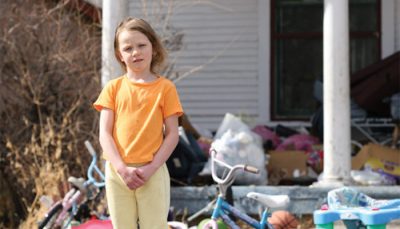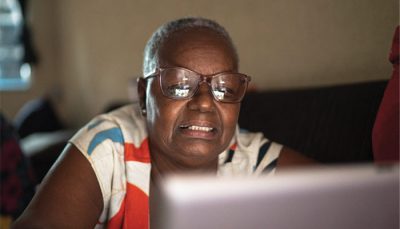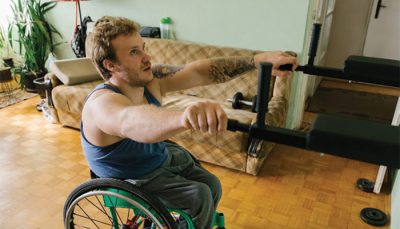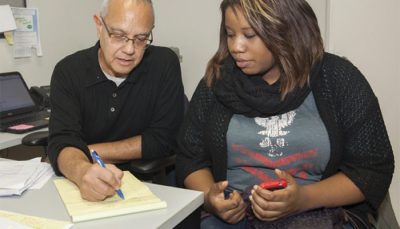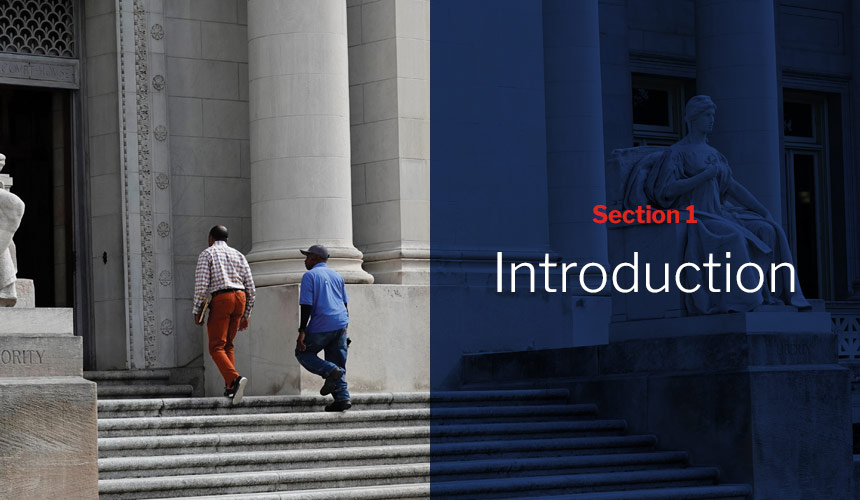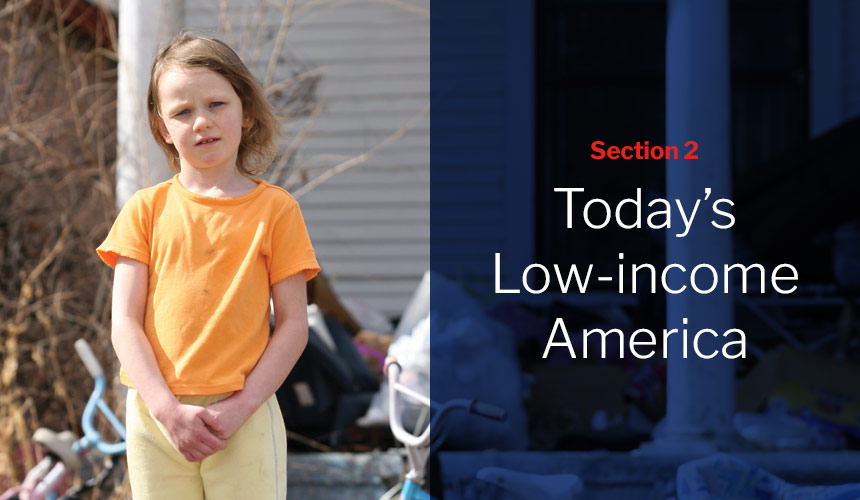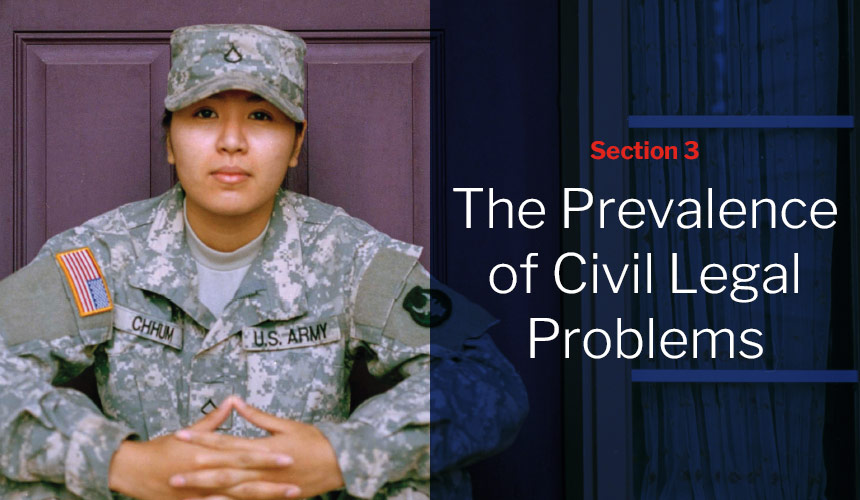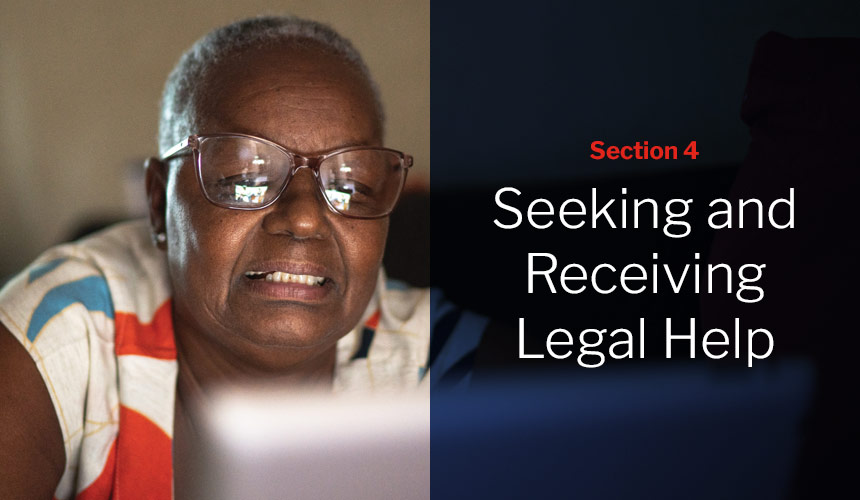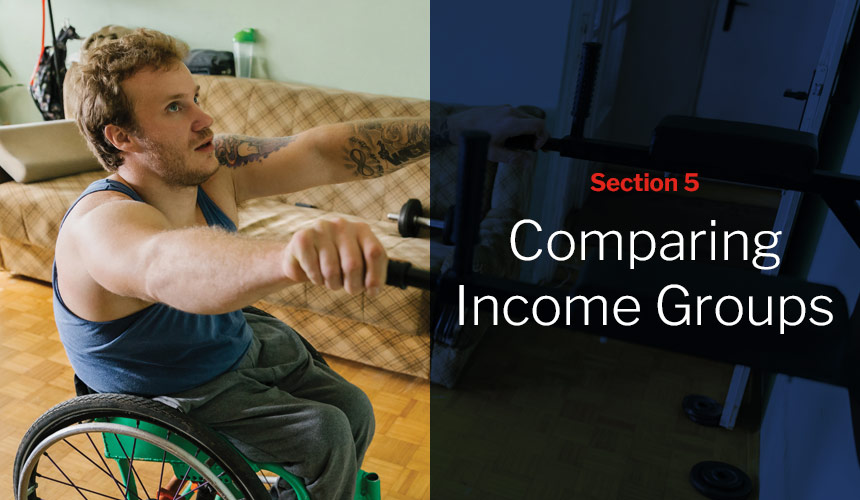Low-income Americans do not get any or enough legal help for 92% of their substantial civil legal problems.
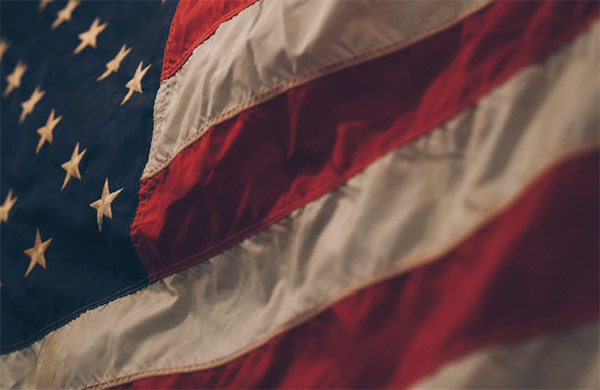
Low-income America
About 50 million Americans have household incomes below 125% of the poverty threshold – including more than 15 million children and nearly 8 million seniors.*
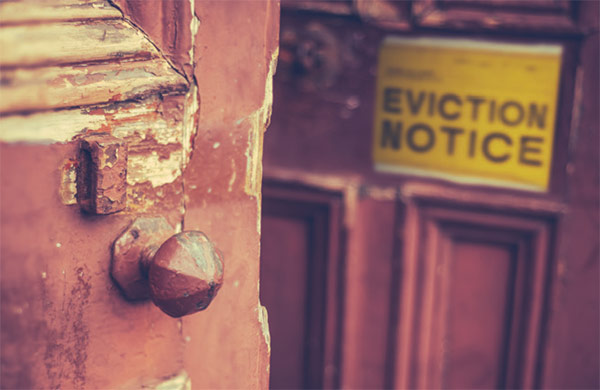
Civil legal needs
Civil legal needs typically involve securing and protecting basic needs, such as housing, education, health care, income, and safety.
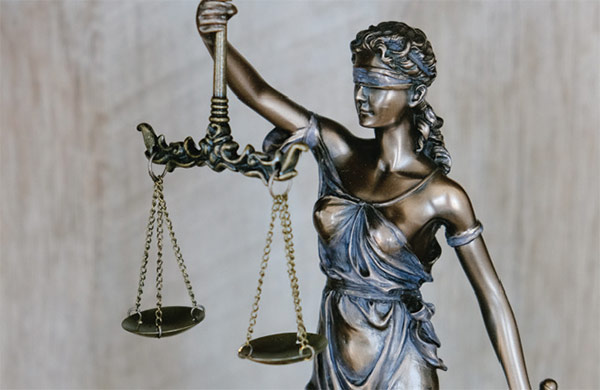
The justice gap
The justice gap is the difference between the civil legal needs of low-income Americans and the resources available to meet those needs.
*Data source: U.S. Census Bureau’s Current Population Survey, 2021 Annual Social and Economic (ASEC) Supplement
The 2022 Justice Gap Study
The Legal Services Corporation (LSC) is pleased to share findings from its 2022 Justice Gap Study. This study provides a fresh assessment of low-income Americans’ civil legal needs and the extent to which their legal needs are met. Additionally, its timing allows an examination of the justice gap in the context of the COVID-19 pandemic, which has had disproportionate effects on this population. The study leverages LSC’s “intake census” conducted among LSC-funded legal aid organizations as well as a nationally representative survey of more than 5,000 adults conducted by NORC at the University of Chicago using its AmeriSpeak® Panel.
3 in 4 (74%) low-income households experienced 1+ civil legal problems in the past year.
2 in 5 (39%) experienced 5+ problems and 1 in 5 (20%) experienced 10+ problems.
Most common types of problems: consumer issues, health care, housing, income maintenance.
1 in 2 (55%) low-income Americans who personally experienced a problem say these problems substantially impacted their lives – with the consequences affecting their finances, mental health, physical health and safety, and relationships.
Data source: 2021 Justice Gap Measurement Survey
1 in 4 problems: They seek legal help for only 1 out of every 4 (25%) civil legal problems that impact them substantially.
1 in 2 (46%) of those who did not seek legal help for one or more problems cite concerns about cost as a reason why.
1 in 2 (53%) does not know if they could find and afford a lawyer if they needed one.
92% = survey-based justice gap: They do not get any or enough legal help for 92% of the problems that have had a substantial impact on them.
Data source: 2021 Justice Gap Measurement Survey
They seek help more often: People with higher incomes are more likely to seek legal help for problems with substantial impact (32% vs. 25% of problems).
Their justice gap is smaller: They are less likely to go without any or enough legal help for problems with substantial impact
They have better access: They are more likely to be confident that they could find and afford a lawyer if they needed one (73% vs. 45%).
They believe in the system: They are more likely to believe that they can use the civil legal system to protect and enforce their rights (59% vs. 39%).
*These statements compare people at or above 400% of FPL with people at or below 125% of FPL.
Data source: 2021 Justice Gap Measurement Survey
1.9 million requests for help: Low-income individuals approach LSC-funded organizations for help with an estimated 1.9 million civil legal problems in a year.
1 in 2 requests turned away: These organizations must turn away 1 out of every 2 (49%) requests they receive due to limited resources.
1 in 2 problems fully resolved: Even when they can provide some assistance, these organizations have the resources to fully resolve only 1 out of every 2 (56%) problems.
1.4 million problems = intake-based justice gap. All in all, LSC-funded organizations are unable to provide any or enough legal help for an estimated 1.4 million civil legal problems (or 71% of problems) that are brought to their doors in a year.
*These statements are only about problems that are eligible for legal assistance from LSC-funded organizations.
Data source: LSC’s 2021 Intake Census
11.1 million people below 125% of FPL
72% of households had 1+ civil legal problems in the past year.
9.2 million people below 125% of FPL
75% of households had 1+ civil legal problems in the past year.
7.4 million people below 125% of FPL
74% of households had 1+ civil legal problems in the past year.
22.2 million people below 125% of FPL
75% of households had 1+ civil legal problems in the past year.
Data sources: 2021 Justice Gap Measurement Survey and the U.S. Census Bureau’s Current Population Survey, 2021 Annual Social and Economic (ASEC) Supplement
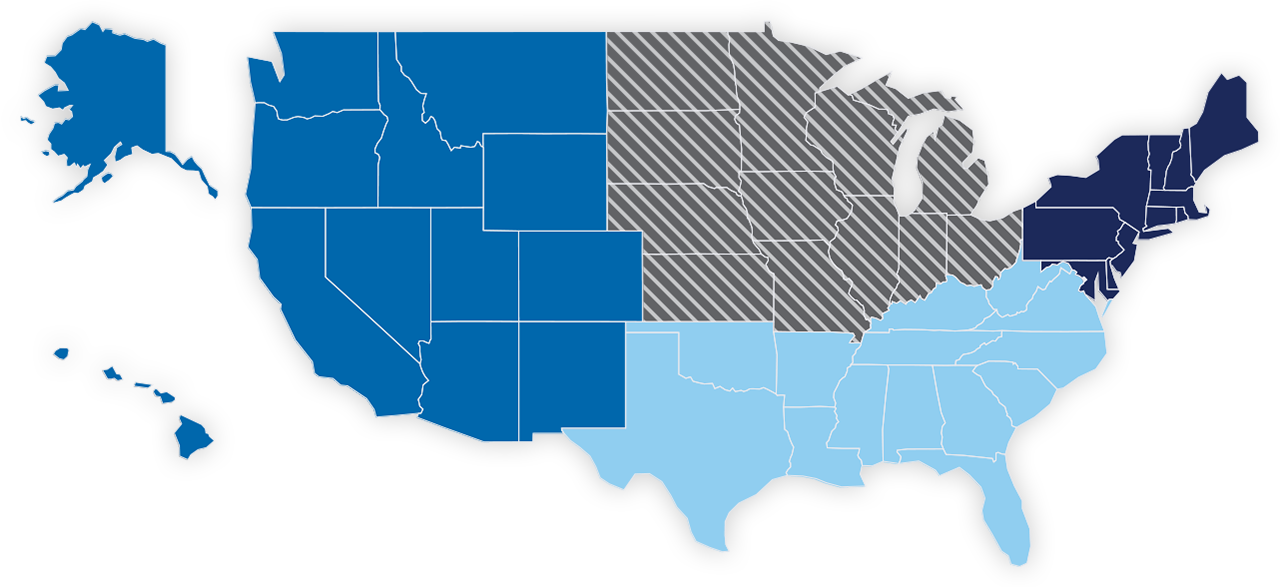
7.6 million seniors below 125% of poverty.
70% of senior households had 1+ problems in the past year.
8 million people below 125% of poverty in rural areas.
77% of rural households had 1+ problems in the past year.
1.6 million veterans below 125% of poverty.
76% of veteran households had 1+ problems in the past year.
15 million households with high housing costs have annual incomes <$25,000.
84% of households with high housing costs had 1+ problems in the past year.
15.2 million children below 125% of poverty.
83% of households with children < 18 yrs had 1+ problems in the past year.
98% of households with recent domestic violence had 1+ problems in the past year (excluding problems involving domestic violence).
Data sources: 2021 Justice Gap Measurement Survey and various other sources (see Section Two).
Impact of the COVID-19 Pandemic
33% of low-income Americans experienced at least one civil legal problem linked to the COVID-19 pandemic in the past year.
The types of civil legal problems most likely to be attributed to the COVID-19 pandemic are those involving income maintenance, education, and housing.
Additionally, the data suggest that income disparities in the justice gap between low- and higher-income Americans are exacerbated for pandemic-related civil legal problems. See Section Five for a fuller discussion of this noteworthy finding.
Data sources: 2021 Justice Gap Measurement Survey.

